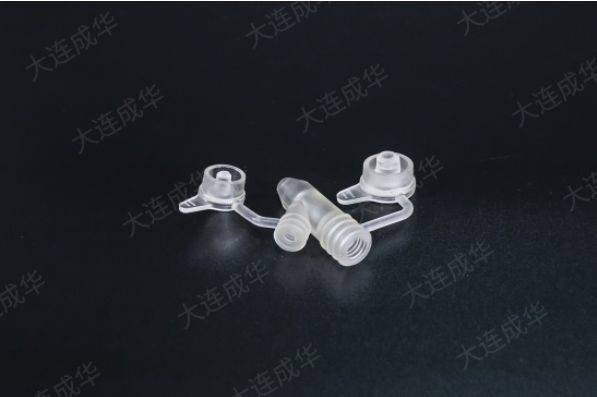Injection molding is a method of industrial product production molding. Products usually use rubber injection molding and plastic injection molding. Injection molding can also be divided into Dalian injection molding molding method and die-casting method. Injection molding machines (abbreviated as injection molding machines or injection molding machines) use plastic molds to make various shapes of plastic products from thermoplastic or thermosetting materials.
(1) Liquidity
1. The flowability of thermoplastic materials can generally be analyzed based on a series of indices such as molecular weight, melt index, Archimedean spiral flow length, apparent viscosity, and flow ratio (process length/plastic wall thickness). Small molecular weight, wide molecular weight distribution, poor molecular structure regularity, high melt index, long screw flow length, low apparent viscosity, and high flow ratio result in good flowability. For plastics of the same product name, it is necessary to check their instructions to determine whether their flowability is suitable for injection molding. According to mold design requirements, the flowability of commonly used plastics can be roughly divided into three categories:
① Good flowability PA, PE, PS, PP, CA, poly (4) methylene;
② Moderate fluidity polystyrene series resins (such as ABS, AS), PMMA, POM, polyphenylene ether;
③ Poor fluidity PC, hard PVC, polyphenylene ether, polysulfone, polyarylsulfone, fluoroplastics.
2. The fluidity of various plastics also varies due to various molding factors, and the main influencing factors are as follows:
① When the temperature of the material is high, the flowability increases, but different plastics also have differences. The flowability of plastics such as PS (especially those with high impact resistance and MFR value), PP, PA, PMMA, modified polystyrene (such as ABS, AS), PC, CA, etc. varies greatly with temperature. For PE and POM, the increase or decrease in temperature has little effect on their fluidity. So the former should adjust the temperature to control the fluidity during molding.
② When the injection pressure increases, the molten material is subjected to greater shear action and increases its fluidity, especially PE and POM are more sensitive. Therefore, it is advisable to adjust the injection pressure during molding to control the fluidity.
③ The form, size, arrangement, cooling system design, and flow resistance of molten material (such as surface smoothness, material channel cross-sectional thickness, cavity shape, exhaust system) of the mold structure pouring system all directly affect the actual flow of molten material in the cavity. Those factors that promote the temperature reduction and increase flow resistance of molten material will reduce its flow resistance. When designing the mold, a reasonable structure should be selected based on the fluidity of the plastic used. During molding, factors such as material temperature, mold temperature, injection pressure, and injection speed can also be controlled to appropriately adjust the filling situation to meet the molding needs.
(2) Cleaning of the barrel, screw and its accessories
To prevent contamination of raw materials and the presence of old materials or impurities in the recesses of screws and accessories, especially resin with poor thermal stability, screw cleaning agents should be used to clean all parts before use and after shutdown to ensure that no impurities are adhered. When there is no screw cleaning agent, PE, PS and other resins can be used to clean the screws. When the machine is temporarily shut down, in order to prevent the raw materials from staying at high temperatures for a long time and causing temperature drop, the temperature of the dryer and machine barrel should be reduced, such as the temperature of PC, PMMA, and other machine barrels should be reduced to below 160 ℃ (the temperature of the hopper should be reduced to 100 for PC)







